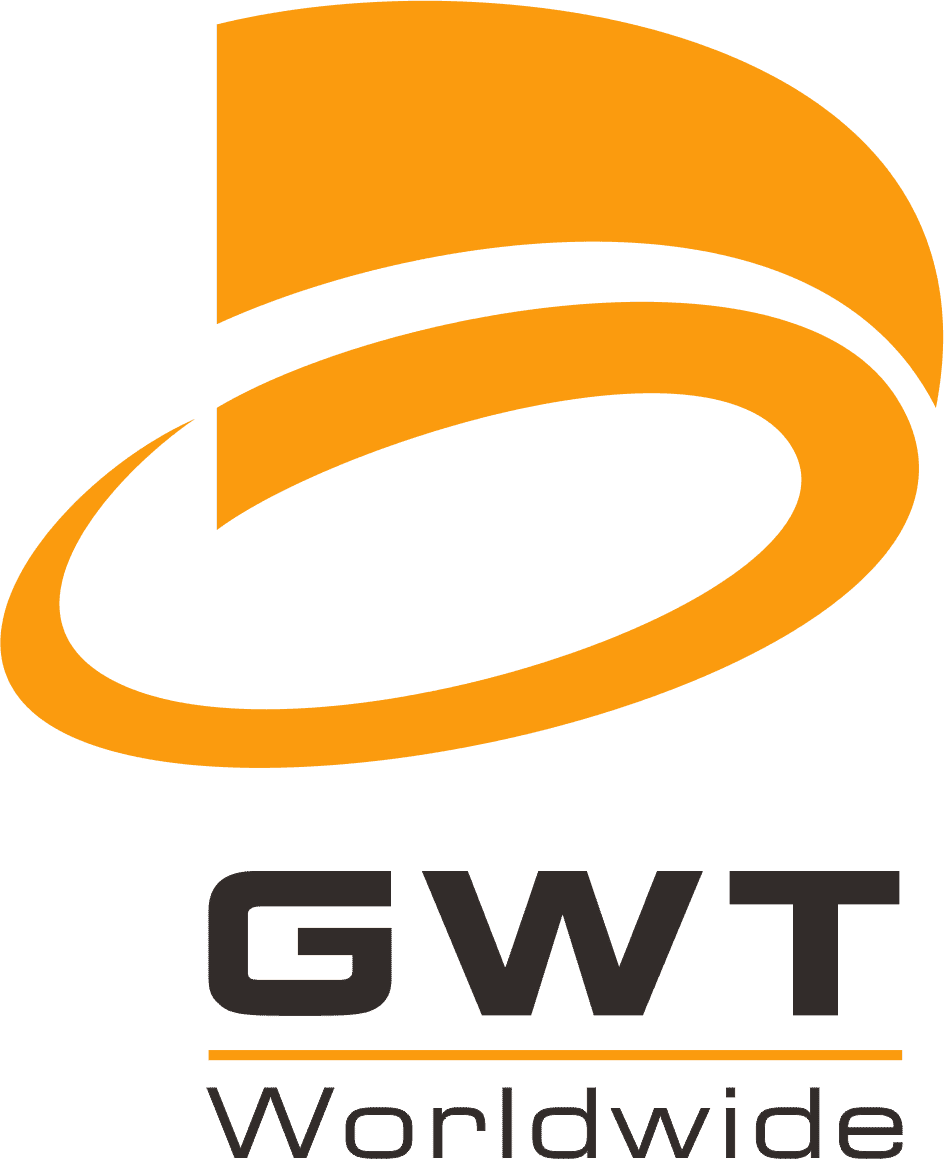Introduction
Amazon requires exact storage and delivery packaging methods that serve two purposes: rigid protection for products during transportation and both eco-saving actions and efficient warehouse space use. Following these Amazon packaging guidelines is essential for marketplace sellers because it enables them to meet requirements and deliver happy customers without facing additional expenses. This document explains all Amazon packaging standards including the amazon fba packaging requirements so Amazon sellers can use them to reach packaging success.
Why Amazon’s Packaging Requirements Matter
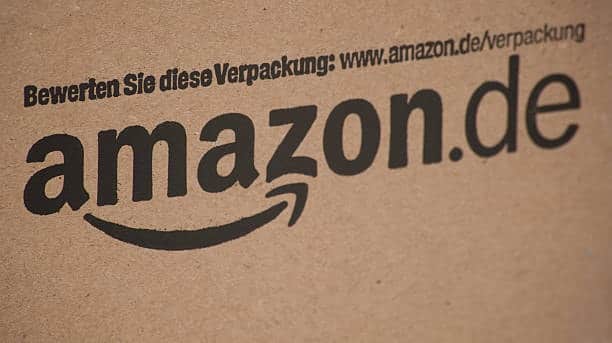
Amazon uses packaging standards to fulfill several important roles throughout their operations. Products shipped in suitable packing appear less prone to transit damage and create happier customers while minimizing expenses and storage space impact in fulfillment centers . The platform will take enforcement actions including chargebacks and inventory restrictions plus seller suspension for serious violations.
Amazon’s Packaging Certification Programs
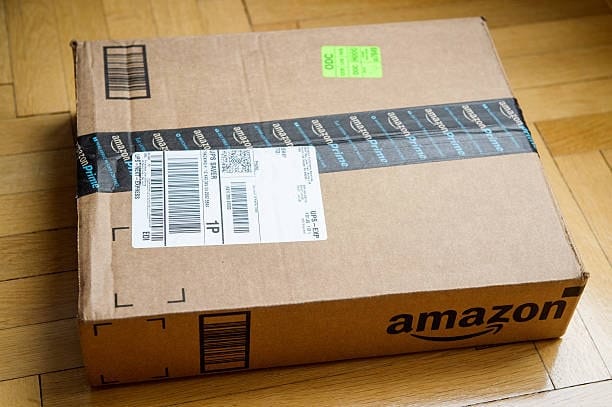
Amazon creates training programs that help suppliers prepare suitable packaging that meets their requirements.
Frustration-Free Packaging (FFP)
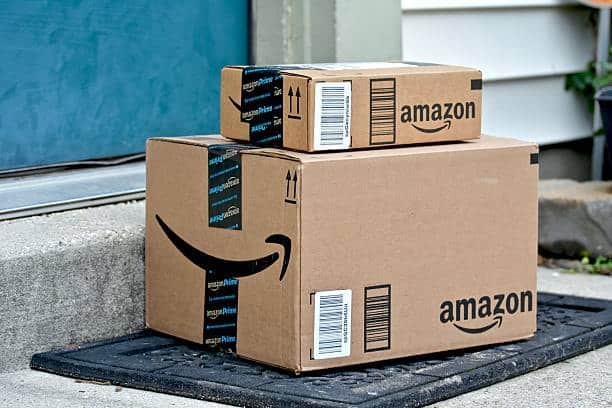
As the highest marker Amazon designates for product packaging standards. Products bearing the FFP certification label travel in their normal retail containers instead of single-use shipping cartons. Packing should feature user-friendly design from recyclable substances that keeps items safe during their entire shipping journey.
Ships in Own Container (SIOC)
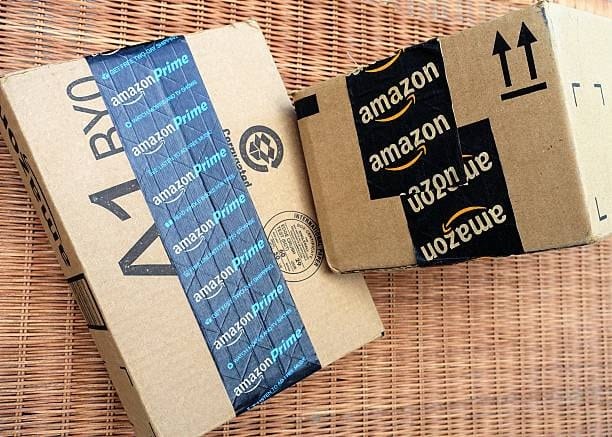
Customers can get SIOC products shipped directly in their original packaging because these products have resilient packaging resistance. The practice saves both packaging materials and makes shipments work better. To get SIOC certification products need to survive durability tests including dropping.
Prep-Free Packaging (PFP)

Amazon accepts the products directly into its fulfillment network without needing extra preparations. Shipment of ordinary PFP-certified products to Amazon requires no initial preparation while preparations needed for other dangerous items simplify logistics.
Understanding Amazon’s APASS Network
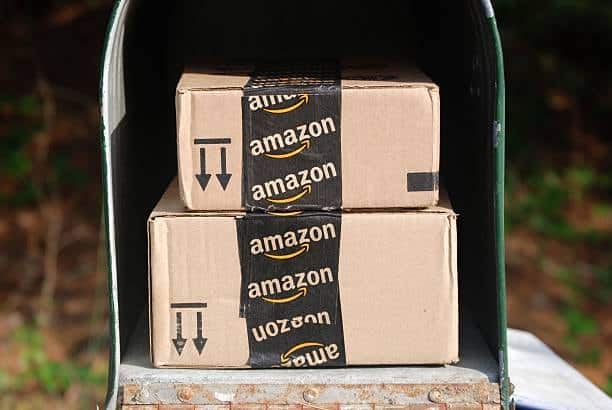
Through APASS sellers find professional resources like certification providers who ensure their Amazon-approved packaging passes lab testing and meets all Amazon standards. APASS members understand Amazon’s requirements for packaging certification so they help businesses through the entire approval process.
Size and Weight Considerations
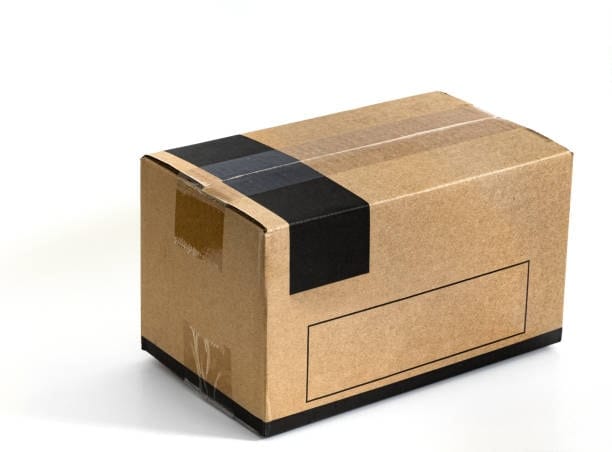
Standard-Size Products
Amazon defines any product weighing below 20 pounds that fits inside boxes measuring 18″ x 14″ x 8″ or less as standard-size. The merchandise demands fewer fulfillment costs and must meet certain special packaging standards aside from big items.
Oversized Products
Oversized products need stronger packaging due to their size and weight limitations which differ from standard items. Stronger packaging supplies are necessary for these items plus they nee
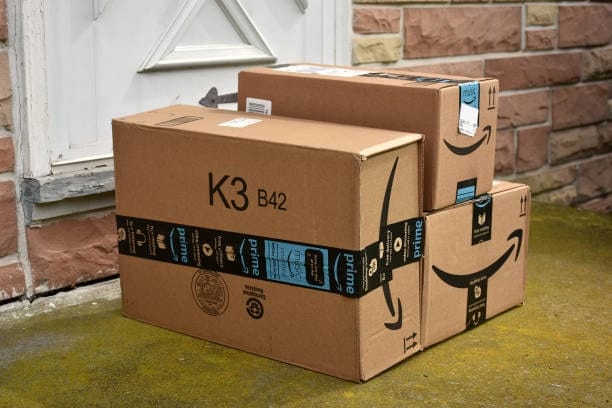
d special hindering and bracing methods to stay secure.
Small and Light Program Requirements
Entities that sign up for Amazon Small and Light must ship items under 12 ounces and no longer than 18″ x 14″ x 8″. Smaller packages qualify for Amazon’s low fulfillment fees at the condition of meeting packing criteria to get through their small item distribution system.
Essential Packaging Materials for Amazon
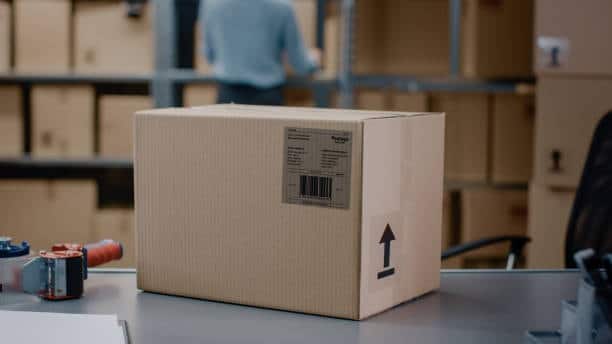
Corrugated Cardboard Standards
Amazon demands corrugated cardboard boxes to demonstrate enough bursting strength and edge crush test results according to product weight, secured with packing tape .
- Items under 20 pounds must show at least 32 ECT or 200 pounds of bursting strength in their packaging.
- The packaging for items between 20-50 pounds needs minimum 44 ECT strength or 275 lb bursting resistance tests.
- Large packages must have at least 55 ECT or meet 350 pounds of bursting strength standards.
Approved Void Fill Materials
Amazon accepts air pillows, bubble wrap, kraft paper, and foam inserts when products need void filling system. Use of packing peanuts, shredded paper, and excelsior creates recycling problems and may affect shipping on time.
Polybags and Plastic Packaging Requirements
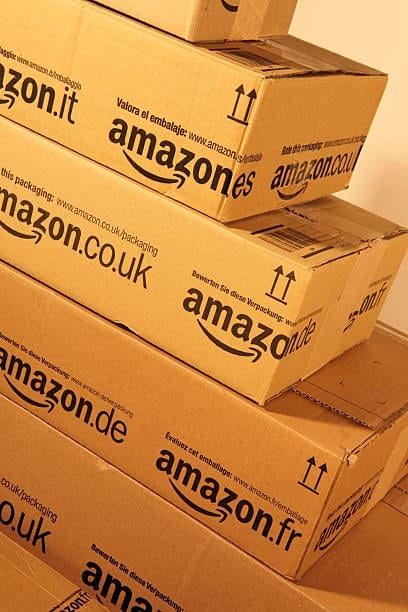
Standard products need a poly bag at 1.5 mil thickness while items with sharp edges must use 2.0 mil thick bags for packaging. Any plastic bag with an opening of 5 inches or bigger must show a risk of suffocation sign. Consumer convenience must be enabled through physical bag perforations in polybags.
Labeling and Identification Requirements
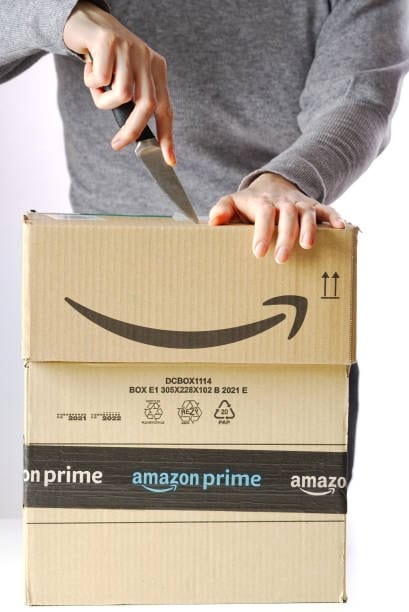
Barcodes and Product Identifiers
Every product package needs a creaseable barcode (UPC, EAN, ISBN, or ASIN) that needs to be placed on its outer surface. The scattering system needs Amazon barcode stickers formatted for easy barcode reading on each unit that Amazon manages within their shipping system.
Shipping Labels and Placement
The shipping label should rest on a flat area of the package and can never be wrapped around its edges. The label needs to show clearly without any interference and it must be placed at spaces that do not touch the package edges or seams.
Warning Labels and Compliance Markings
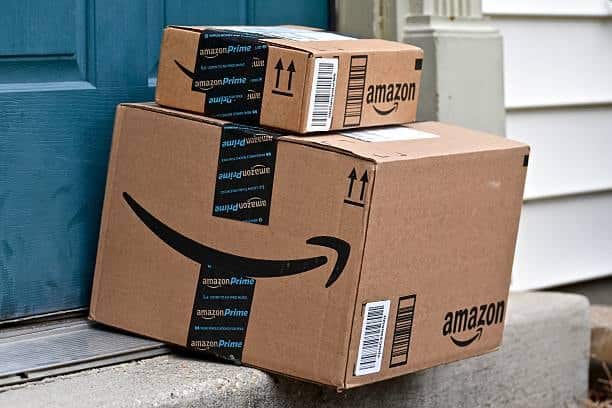
Items requiring particular warning notices need these notices placed on their packaging along with a scannable barcode for track . The packaging needs to show suffocation warnings on plastic bags, indicate fragile items, display direction signs for liquids and warn about hazardous materials per law.
Special Product Categories

Food and Consumable Items
Products must go into food-quality packs designed to shield food from germs while keeping its freshness. The product labels need to display clear expiration information while matching government packaging rules. Temperature-dependent goods need customized packaging solutions to keep them at the correct temperature.
Fragile Items and Glass Products

Vulnerable pieces need extra packaging materials like air bubble protection, soft foam padding or pulp container items. Packages receive proper protection when each item gets at least 2 inches of cushion material on all sides plus secure supports to stop shifting inside.
Liquid Products
Liquid containers need to close securely with tape or heat sealings before inserting them into leak-proof plastic bags. Simply put our packaging needs to resist differential air pressure without any leakage. Amazon performs specific leak tests before accepting products of this nature.
Sharp Items
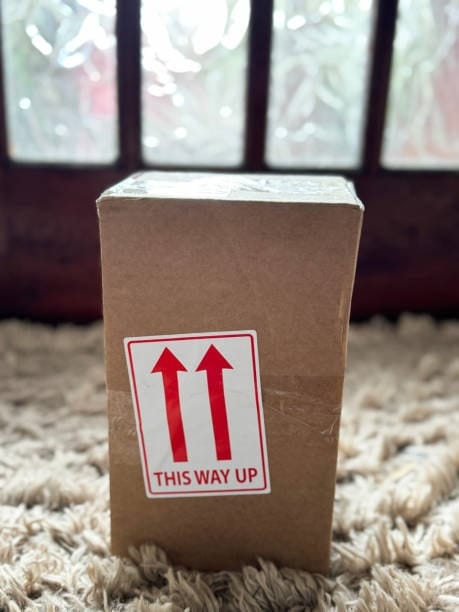
Sharp items need protective covers to shield the persons who handle them and to shield adjacent products from harm. The minimum accepted protection standards include 2.0 mil polybags or corrugated wrapping for goods of this nature.
Amazon’s Sustainable Packaging Initiatives
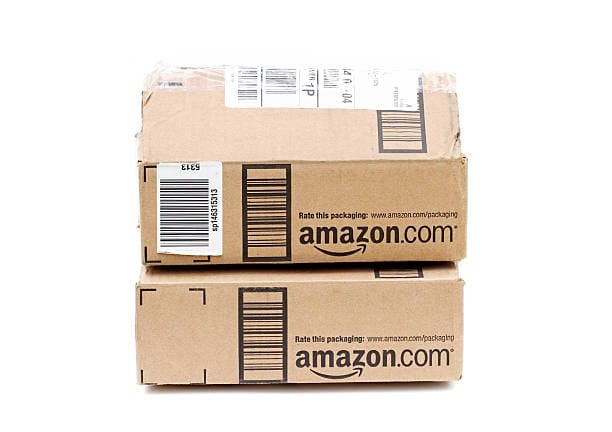
Recyclable Packaging Standards
To reduce waste Amazon selects packaging materials that commuters can place in their local recycle containers. Amazon accepts recyclable materials that include corrugated cardboard as well as paperboard along with specific identified plastic types.
Plastic Reduction Goals
Amazon works on cutting plastic packaging through their Climate Pledge by replacing plastic films when possible. Sellers should cut down on plastic packaging parts and replace them witheco-friendlypaper materials if practicable.
Packaging Waste Reduction Strategies
Amazon gives packaging design preferences to sellers who create small material packs without sacrificing product safety. Amazon requires sellers to create the right-sized packages that have less layers of material plus designs that help customers recycle easily.
Packaging for International Shipping

Country-Specific Requirements
International orders need special packaging as specified by shipping destination countries. Sellers should research and follow regional recycling standards plus product limits while using approved custom markings on packages.
Customs Documentation
Companies that ship abroad need to arrange appropriate customs documents and secure them to product packages. Packaging should contain the required customs documents along with the correct box dimensions so customs officers can inspect them without exposing the contents to possible damage.
International Material Restrictions
Domestic shippers can use certain materials but foreign destinations may block them from entry when using a shipping box . Sellers need to check whether their packaging materials match both local and international rules especially in terms of plastic varieties and packaging material treatments.
Prep Requirements for FBA Products

Bubble Wrap and Bagging Guidelines
For added protection sellers need to place bubble wrap over products with its air cells facing inward. Clear plastic bags have to hold products so the package barcode can be scanned without opening the bag.
Taping and Securing Methods
To protect Amazon packages Amazon mandates 2-inch-wide H-shaped tape application as the most reliable safety method. Use reinforced or water-activated tape for defensive heavy items. Strapping or banding materials must stay away from both the product itself and its package to prevent harm.
Labeling Requirements for Prepped Items
Each prepped item needs its product markings and Amazon label labels plainly shown. Make sure the barcode can be read by scanning it through a transparent package or placing the label on top of the outer wrapping material.
Common Packaging Mistakes to Avoid
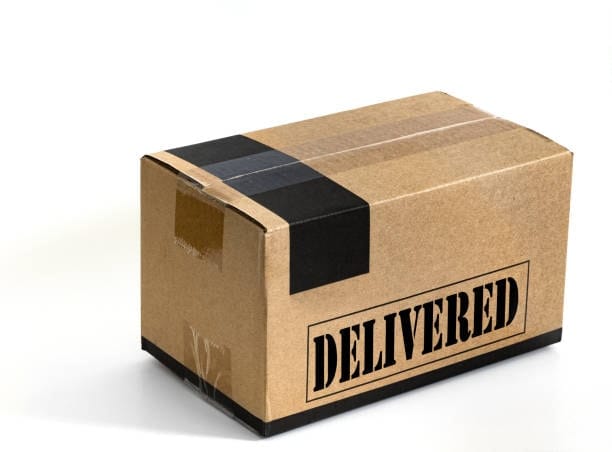
Insufficient Protection
Many packages get damaged because the protection materials used do not provide enough support during transportation. Packages need proper stuffing materials that both prevent movement and shield products from damage.
Oversized Packaging
Putting boxes that are too large compared to the product uses more packaging materials and takes up unnecessary room for storage at a higher shipping rate. Amazon suggests using packaging that fills empty space properly and guards shipments from damage.
Non-compliant Materials
Non-approved fill materials create processing slow-downs that earn fines and force returned products. Make sure to use packaging materials that are accepted by Amazon according to their updated product list shipping boxes.
Improper Labeling
The lack of readable barcodes and improperly placed shipping labels plus weak warning signs cause processing delays and trigger added costs for customers.
Packaging Testing Requirements
Drop Testing Protocols
Amazon places a requirement that packages need to sustain drops from different heights while keeping products intact, along with the fba box id label for identification . Standard-weight items need to survive drops between 18 and 30 inches while fragile items have to pass through more advanced inspection procedures sold as set.
Vibration Testing Standards
Packages need to hold up during vibration testing that duplicates shipping motions. Testing shows if packages handle usual shipping vibrations well and reveals packing weaknesses amazon fulfillment centers.
Compression Testing Requirements
The compression test demonstrates if packages are strong enough to hold up under warehouse and transport load stacks. A package needs to hold three times its product weight without breaking or harming the contents.
Cost Implications of Packaging Compliance
Fee Structure for Non-compliance
Non-standard packaging leads to multiple fees which range from $1-3 for preparation costs to $0.40-1.00 per unit plus various additional charges amazon’s fulfillment centers.
- Non-standard packaging fees: $0.40-1.00 per unit
- Each oversize product will incur special handling expenses under a dimension-dependent system pallet labels.
- Damaged inventory fees: Full product replacement cost
ROI on Packaging Optimization
Although you need to spend money upfront to follow packaging rules the saved costs will continue over time. Businesses achieve ROI from their packaging optimization plans within months due to decreased damage frequency combined with shipping cost reduction as well as elimination of combination fees which leads to satisfied customers manufacturer barcode.
Working with Packaging Partners
The benefit of working with APASS-certified packaging suppliers becomes evident because they know Amazon requirements and make low-material solutions that safeguard products well to save costs amazon fulfillment center.
Future Trends in Amazon Packaging
Automated Packaging Solutions
Amazon spends money on automatic packaging devices which produce customer-ready shipping materials at the moment customers place orders. Companies that prepare their products and boxes for automation will earn advantages in Amazon’s new system for delivery.
Increased Sustainability Requirements
Sustainability standards in packaging will become more strict as the company plans to ban specific materials and reward circular economy-friendly packaging designs packing materials.
Technology Integration
More businesses use smart packaging with QR codes NFC tags and interactive systems to upgrade their customer service methods and stop counterfeits.
Getting Help with Amazon Packaging
Contacting Amazon Seller Support
If you want information about Amazon package rules reach out to Amazon Seller Support through the platform called Seller Central amazon fba shipments. Keep records of all correspondence with packaging compliance questions and keep their case tracking numbers ready acceptable standard boxes.
Using APASS Network Resources
The APASS network gives clients access to expert services that design packages, verify their performance and grant quality certifications. Partners start their work with sellers for free by explaining compliance rules..
Third-party Packaging Consultants
Packaging experts who focus on online commerce markets give precise guidance especially to companies that manufacture intricate items or sell many products needing distinct packaging solutions.
Conclusion
Amazon sellers need to follow packaging standards because this helps them stand out from competitors and keep their business reputation strong. High-quality sustainable packaging that goes past Amazon standards shows product quality dedication plus helps lower operating costs by fixing shipping problems. Amazon sellers who update their packaging methods as the company evolves will keep their market advantage. Companies that focus on improving their packaging methods generate returns because they improve both customer service and operational performance while creating a better brand image.
